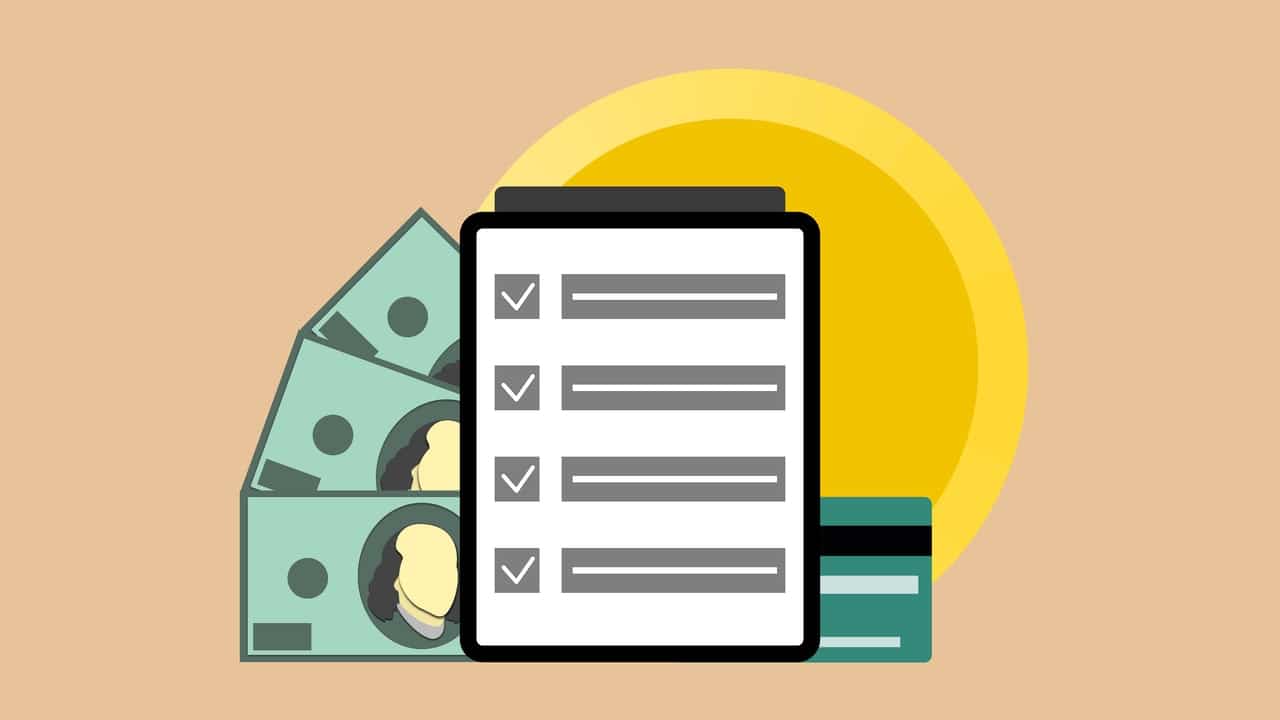Active and Passive Income – EXPLAINED
Let’s be honest, you really want to build your income, but do you know what kind of income you should build? Is Passive income the way to go? Have you found it’s not enough to work a 9 to 5, or maybe that’s not a lifestyle you want anymore? Should you worry about a side hustle, or the next big thing to jump into at a moment’s notice? Before making any decisions, let’s discuss the forms of income to build. We want to have a good foundation to build on, and then we can start worrying about the hustle/grind.

How Many Types of Income are There?
This was harder to answer than I thought it might be. While I found most people break this into passive, active, and portfolio, A simple google search will return results such as “7 Different Types of Incomes Streams”, “The 5 Types of Income That Run the World”, or “What are the top 3 Types of Income”.
So for a less subjective view, I went to the IRS website and found the government’s stance on Types of Income.
- Wages and Salaries
- Interest
- Dividends
- Business Income (Not the same as Wages/Salaries)
- Pensions and Annuities
- Lump-Sum Distributions
- Rollovers from Retirement Plans
- Rental Income and Expenses (not the actual rental income from the use of a dwelling unit)
- Renting Residential and Vacation Property
- Farming and Fishing Income
- Earnings for Clergy
- Unemployment
- Gambling
- Bartering
- Scholarships, Fellowship Grants, and Other Grants
- Social Security and Equivalent Railroad Retirement Benefits
- 401(k) Plans
- Passive Activities (Losses and Credits)
- Stock Options
- Traders in Securities
- Stock Demutualization
- Canceled Debt
- Acquisition or Secured Property
Reading through most of those articles was quite a chore and then determining how I would break those down here was not going to cut it either.
To put it plainly, you can break apart income however you see fit. For this article however, I am only focusing on Active and Passive Income to avoid confusion.
The Focus: Active and Passive Income
Here’s a quick and maybe not entirely accurate (yet) definition of each.
Passive Income – The money you make while you sleep. Your effort for this income stream is complete, and now you can sit and enjoy it’s growth.
Active Income – The money you make while you work. You’re slaving away to earn this, it isn’t compounding, and you’re usually trading your personal time for this.

What is Passive Income?
Passive income can best be described as income NOT traded for time. Sure, it may require an initial investment of time, money, or assets, but once you have this setup, it will take no more effort beyond a possible check-up for minor upkeep. You may already have some passive income without even realizing it, so here are the most common examples of passive income that most (I am using “most” lightly here) people already have.
Savings Accounts
Your savings account by itself isn’t passive income, but most will earn a small amount of interest yearly which would then be passive income. So let’s say you have $1,000 in a savings account that generates 0.10% APY (Annual Percentage Yield), after a year has passed that money will earn you $1. Congrats, your passive income over the course of a year has earned enough to barely afford a small candy bar.
Now that rate is what I personally had with an old Wells Fargo savings account. Now, since learning about Savings Account Yields, I’ve moved to a higher-yield savings account through Live Oak Bank (not an affiliate link) which has an APY of 0.60%. That’s 6 times the yield of the Wells Fargo account, but still not enough to keep up with inflation.
401(k)
A 401(k) is a retirement savings account that employers can offer. Contributed money is taken from paychecks before tax is deducted and can give individuals the possibility to lower their income tax bracket if enough is contributed. While not entirely tax free, you will not have to worry about taxes until you retire. This method generates passive income from stocks and bonds based on the risk assessment chosen. The only catch with this, is that you cannot use the passively generated income until you hit retirement. So how popular are 401(k) accounts? Well despite the benefits and “set it and forget” nature of a 401(k), as of 2017, only 32% of working Americans are investing in a 401(k)1.
Quick Note: Before I have someone tell me how wrong I am. I should note this is technically “portfolio” based income. For the purpose of this site and my created reviews I am lumping portfolio and passive income together. This works out because while portfolio based income is almost always passive, passive income is not always portfolio income.
Others
There are definitely other forms of passive income, but we will be going through and reviewing them in detail on this blog. I am of the opinion (again this is my opinion only) that most passive income streams that sites recommend are scams. Some of the major ones you can find in our reviews are print on demand T-Shirts, Drop shipping, Affiliate Marketing, and Blogging.
What is Active Income?
Active income is self-explanatory on the surface, as being income received from via salary, wages, commissions, and tips. In the simplest form, you are trading your time for money.
Now for the not so self-explanatory. The IRS has some pretty strict guidelines to what qualifies as active income instead of passive.2 To qualify as active income, the IRS states “A trade or business activity isn’t a passive activity if you materially participated in the activity”. Only one of their requirements need to be met to satisfy “Materially Participating”.
The Materially Participating Requirements
- You’ve worked in the activity for more than 500 hours in total during a tax year.
- You’ve worked substantially more than peers where you could say you do most if not all of the work.
- I should also add that this includes people not owning interest in the business. (contractors)
- You’ve worked in the activity for more than 100 hours during the tax year. That activity also had to be at least as much as any other person if not more.
- Again including people not owning interest in the business.
- You’ve worked and qualified for 3 years before in:
- The Health Field
- Law
- Engineering
- Architecture
- Accounting
- Actuarial Science
- Performing Arts
- Consulting
- Any other trade/business in which there are not deliverable materials associated.
- You’ve already qualified for any of the items above for any 5 of the previous 10 years in the company.
There you go, something that sounded as if it should be simple was complicated by none other than the IRS.

To Conclude
For the purposes of this site, all reviews will be given an active/passive score with these items above in mind. If you would like to learn more about the Active/Passive/Other streams of income, I strongly recommend visiting the IRS publication pages or for something easier to read, Investopedia’s Income Tax Terms Guide.
Please let me know in the comments if you have any thoughts, if this was helpful, or if I missed something completely.
Remember, this is NOT financial advice. I am an unexperienced person going through the journey of self-financial investment and am doing my best to help others avoid the ever increasing waste of time hustles by increasing transparency on the process. If you would like to know more about who I am, what my goal is, or how you can help, feel free to visit the about page or even contact me.
Helpful Links (superscript number references, also known as sources)
- Does The Average American Have a 401(k)? – https://www.fool.com/retirement/2017/06/19/does-the-average-american-have-a-401k.aspx
- Publication 925 (2020), Passive Activity and At-Risk Rules – https://www.irs.gov/publications/p925

Christoph is a technical integrations analyst who specializes in security infrastructure and coaching. He has found he thoroughly enjoys experiencing major market losses, falling for get-rich-quick schemes, learning about upcoming market trends, stocks, crypto, or anything related to investing and building income.

